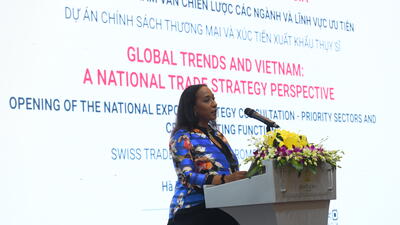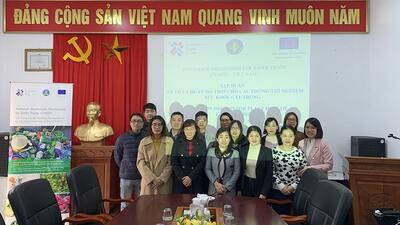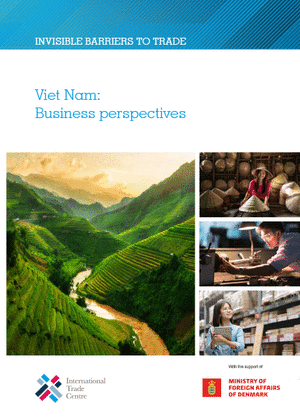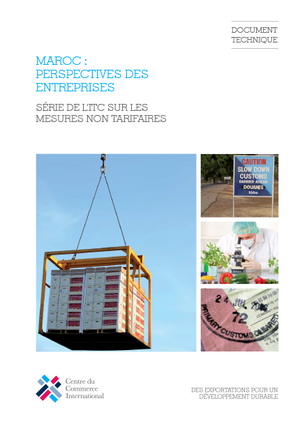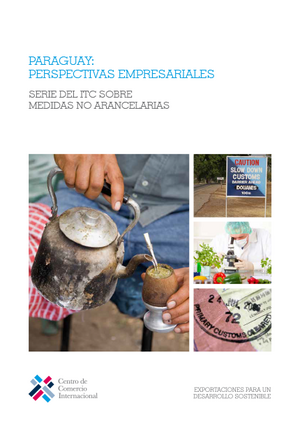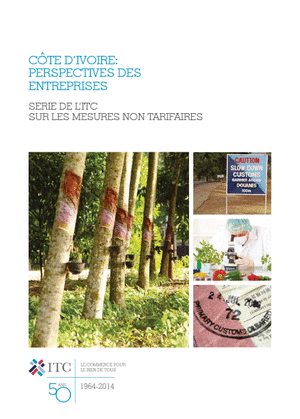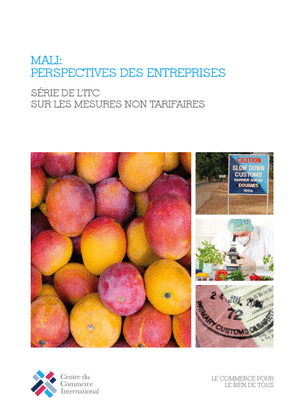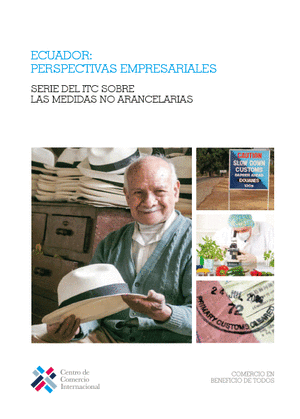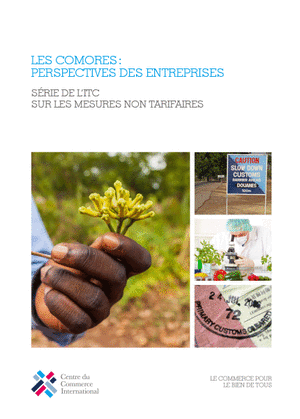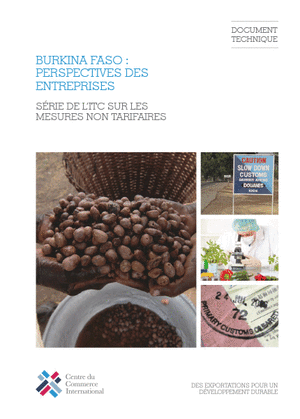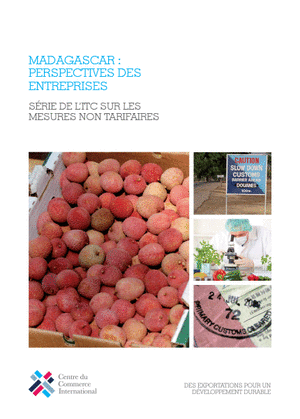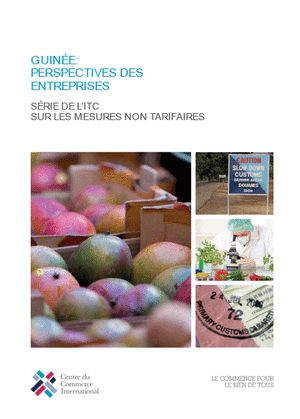


Exploring pathways for Viet Nam to accelerate trade
National survey-based report identifies invisible barriers for Viet Nam’s traders
As Viet Nam looks for ways to create jobs – especially for youth and women – and boost economic development, about half of its exporters of goods and services struggle with non-tariff measures (NTMs), according to a new ITC report: Viet Nam: Invisible Barriers to Trade: Business Perspectives.
These NTMs affect exporters of goods and services (56%) more than importers (19%), with impacts varying across sectors. Agriculture is hardest hit (47%), followed by manufacturing (36%) – reflecting the high level of regulation for these products to protect human health and the environment. They range from international certification, export inspection and customs clearance to visa requirements, rules of origin and irregular payments (i.e., bribes).
The report is based on a large-scale survey of 1,736 trading firms (of all sizes) across the country, conducted from March to November 2019. Its goal is to identify the key trade hurdles through direct interactions with businesses – information that should help policymakers design trade policies to accelerate Viet Nam’s trade and better integrate into global value chains. It also explores possible solutions, based on several public-private dialogues and consultations with stakeholders.
Both foreign and local regulations are burdensome. For goods exporters, partner (or destination) countries account for 77% of these obstacles, while Viet Nam applies 11% on its exporters. Europe holds the largest share of these NTMs at 31%, followed by Asia (except for ASEAN) at 27%, and both ASEAN and the Americas at 16%.
But a higher share of NTMs does not coincide with a higher trade volume. While 44% of Viet Nam’s exports go to Asia (except for ASEAN), only 27% of companies face obstacles there. The opposite occurs in Europe with 20% of the export trade but 31% of the obstacles and in ASEAN with 6% of the export trade but 16% of the obstacles.
Traders struggle with burdensome regulations and procedures
For goods exporters, technical measures (like lack of information on pesticide management), at 57%, account for the largest share of obstacles, followed by rules of origin (like procedural obstacles related to certificates), at 23%.
For services exporters, technical requirements, at 59%, top the obstacle list – with the information and communications technologies (ICT) sector being the hardest hit: 73% of firms report obstacles (like hiring regulations and tax measures). Moreover, 10% of services providers report NTMs related to importing goods and services needed to conduct their export operations.
Among the procedural obstacles (local and foreign), the shares of delays related to regulations are the highest.
Market access begins at home
What can Viet Nam do to create a better business environment for trade – especially given that most trade obstacles mostly occur at home? The report recommends five actions: promote e-Government to shorten time delays and reduce arbitrary behaviours of customs officials; increase international regulatory cooperation; relax visa requirements (like in ICT for foreign IT experts and in tourism for foreign tourists); reduce excessive tolls and charges for freight transport services; and upgrade infrastructure to facilitate transport activities.







